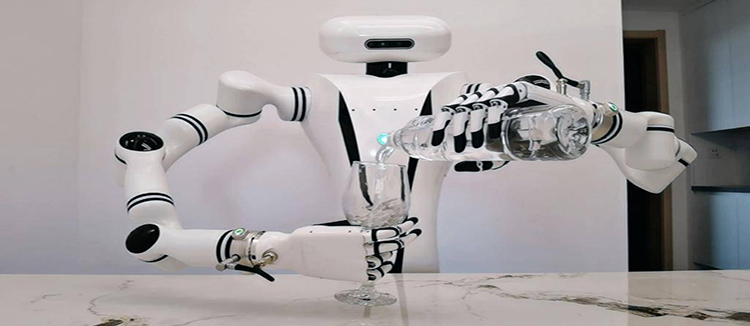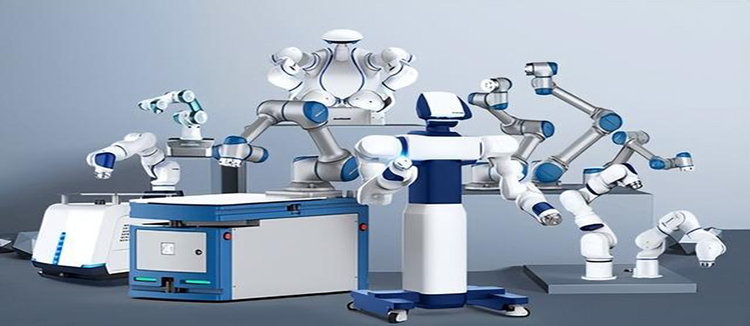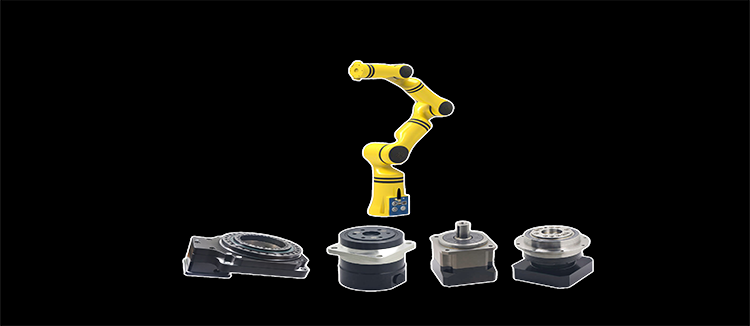The Evolution and Impact of Industrial Robots in Modern Manufacturing
Industrial robots have revolutionized the manufacturing industry, transforming production processes and increasing efficiency on a global scale. These sophisticated machines, designed to perform tasks that are either dangerous, repetitive, or require high precision, have become an integral part of the modern industrial landscape. This article delves into the evolution of industrial robots, their impact on the workforce, and the future of automation in manufacturing.

The concept of industrial robots can be traced back to the early 20th century, but it wasn't until the 1960s that the first真正意义上的 industrial robots were introduced in the automotive industry. These early models were limited in their capabilities, primarily performing simple tasks such as welding and material handling. However, over the decades, advancements in technology have allowed for the development of more complex and versatile industrial robots that can now perform a wide range of tasks, from assembly to painting and even intricate surgical procedures.

The impact of industrial robots on the workforce has been significant. On one hand, these machines have created new job opportunities in the field of robotics, including roles for engineers, programmers, and maintenance technicians. On the other hand, they have also led to the displacement of some traditional manufacturing jobs, as machines take over tasks that were once performed by humans. This dual-edged impact has sparked debates about the future of work and the need for re-skilling and education to keep pace with technological advancements.

One of the most significant benefits of industrial robots is their ability to increase productivity and efficiency. By automating repetitive tasks, these machines can work tirelessly, 24/7, without breaks or holidays. This not only speeds up production but also reduces the likelihood of human error, leading to higher quality products and reduced waste. Furthermore, industrial robots can operate in environments that are hazardous to humans, such as those with extreme temperatures or toxic substances, making them invaluable in certain industries.
Innovations in robotics have also led to the development of collaborative robots, or "cobots," which are designed to work alongside humans in a shared workspace. These robots are equipped with sensors that allow them to detect human presence and adjust their movements accordingly, ensuring safety and efficiency. The use of cobots represents a new era in industrial automation, where humans and machines work in harmony to achieve optimal production outcomes.
The future of industrial robots is promising, with ongoing research and development aimed at making these machines even more intelligent and adaptable. Advancements in artificial intelligence and machine learning are enabling industrial robots to learn from their experiences, making them more efficient and capable of handling more complex tasks. Additionally, the integration of industrial robots with the Internet of Things (IoT) is allowing for greater connectivity and data exchange, further enhancing their capabilities and the overall efficiency of manufacturing processes.
As the demand for automation continues to grow, so does the market for industrial robots. Companies across various industries are investing in these technologies to stay competitive and meet the increasing demands of consumers for high-quality products. The global industrial robot market is expected to expand significantly in the coming years, driven by factors such as the need for increased efficiency, the rise of e-commerce, and the ongoing trend towards smart manufacturing.
In conclusion, industrial robots have come a long way since their inception, and their impact on the manufacturing industry is profound. As technology continues to evolve, the capabilities of these machines will only grow, shaping the future of work and production in ways we are only beginning to understand. The integration of industrial robots into the workforce presents both challenges and opportunities, requiring a thoughtful and proactive approach to ensure that the benefits of automation are shared widely and responsibly.










